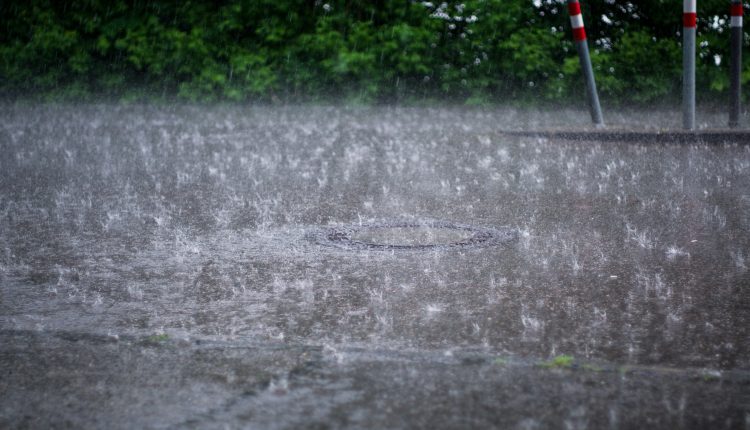Northern California, known for its diverse climate and picturesque landscapes, is preparing for a shift in weather as the region anticipates an increase in cloud cover, culminating in rainfall over the weekend. This change marks a departure from recent conditions and is expected to have various impacts across the area.
The Onset of Increasing Clouds
As the weekend approaches, Northern Californians will notice a gradual increase in cloudiness, signaling the arrival of a weather system from the Pacific. This system is set to bring much-needed moisture to the region, which has experienced dry spells in recent times. Meteorologists predict that the clouds will begin to gather on Friday, creating overcast skies and cooler temperatures, a stark contrast to the sunny days preceding the shift.
Preparing for the Rain
The expected rainfall, while beneficial in terms of alleviating dry conditions, requires residents and local authorities to prepare for potential impacts. Urban areas might experience increased traffic delays and minor disruptions, while rural regions, particularly those with burn scars from previous wildfires, could face the risk of flash floods and mudslides. Local governments are advising residents to clear gutters, secure outdoor items, and stay informed about the latest weather updates.
The Agricultural Implications
The agricultural sector, a significant part of Northern California’s economy, is closely monitoring the forecast. Farmers and vintners view the approaching rain as a double-edged sword: while it promises essential hydration for crops and vineyards, excessive rainfall can lead to challenges such as delayed planting and increased risk of diseases in certain crops. Orchards and vineyards, in particular, require careful management during such weather transitions to ensure the quality and yield of produce.
Impact on Wildlife and Natural Reserves
The region’s wildlife and natural reserves will also feel the impact of the changing weather. Increased rainfall can rejuvenate local ecosystems, providing essential water resources for flora and fauna. It can also contribute to the health of rivers and streams, benefiting fish populations, particularly salmon, which depend on these waterways for spawning. However, sudden changes in weather can also disrupt animal behaviors and habitats, requiring ongoing monitoring by conservationists.
The Community’s Response
Communities across Northern California are gearing up to respond to the weather change. Local events and outdoor activities are being rescheduled or adapted to accommodate the wet conditions. Sports leagues, outdoor markets, and community gatherings are all reevaluating plans, showcasing the flexibility and resilience of the community in the face of weather uncertainties.
Tourism and Outdoor Recreation Adjustments
The region’s tourism industry, which thrives on outdoor activities like hiking, camping, and wine tours, is making necessary adjustments. Tour operators and park officials are preparing for reduced visitor numbers, implementing safety measures, and advising tourists on how to safely enjoy the region despite the wet conditions. Meanwhile, ski resorts in the higher elevations are anticipating a boost from the fresh snowfall expected to accompany the system.
Read More:
- Electric vehicle owner describes nightmare car scenario in cold weather
- Exploring the 5 Most Dangerous Neighborhoods in Albemarle County, Virginia: A Comprehensive Analysis
- Timber Industry Struggles Lead to Closure of West Fraser Timber Facility in Florida
In conclusion, as Northern California prepares for a weekend of increasing clouds followed by rain, the region is a hive of activity and preparation. From agricultural adjustments to community responses and tourism adaptations, the impending weather change is a reminder of the dynamic nature of the environment and the need for adaptability and preparedness. While the rain brings certain challenges, it also offers much-needed relief and benefits, highlighting the complex and multifaceted impact of weather on human activities and natural ecosystems.

